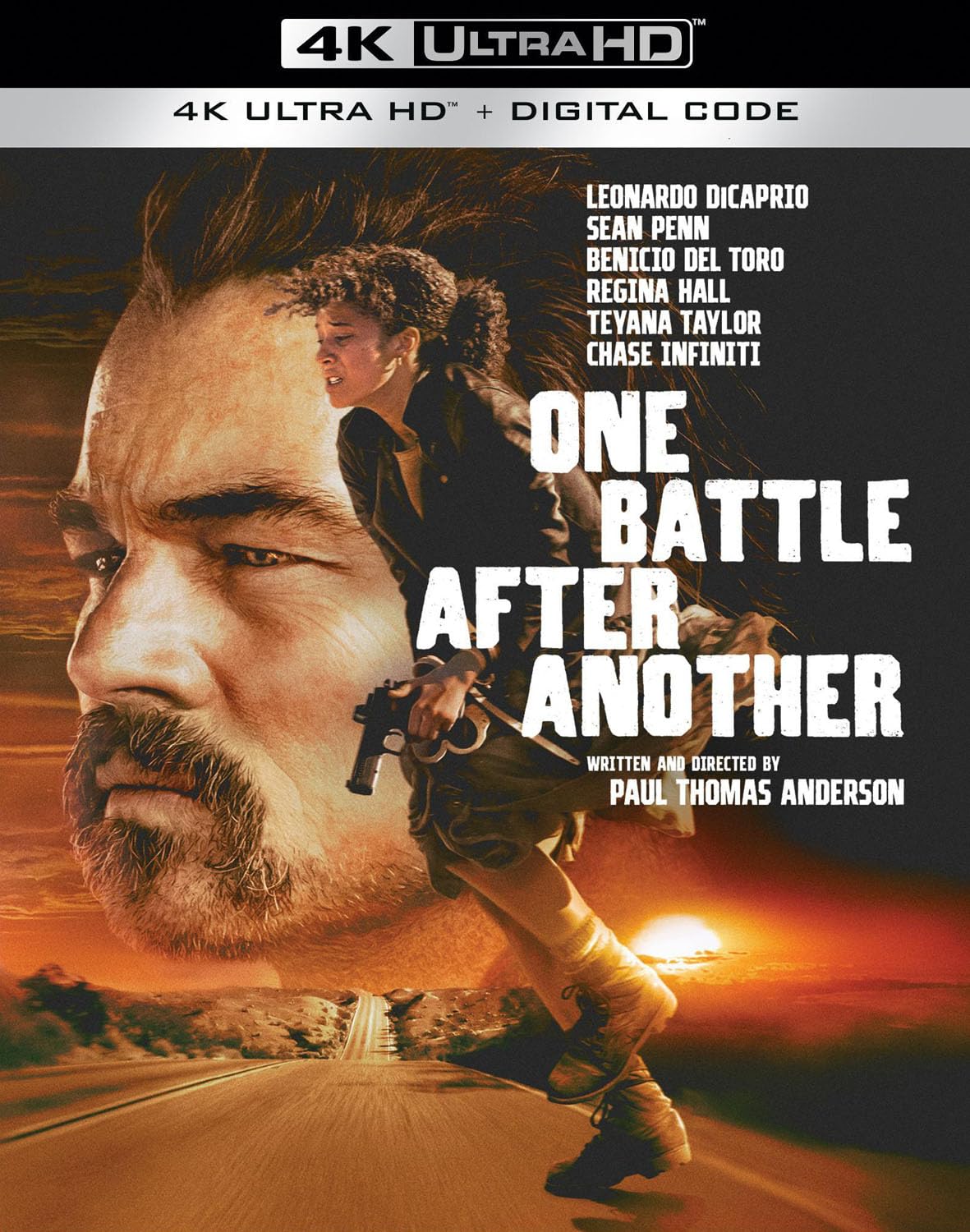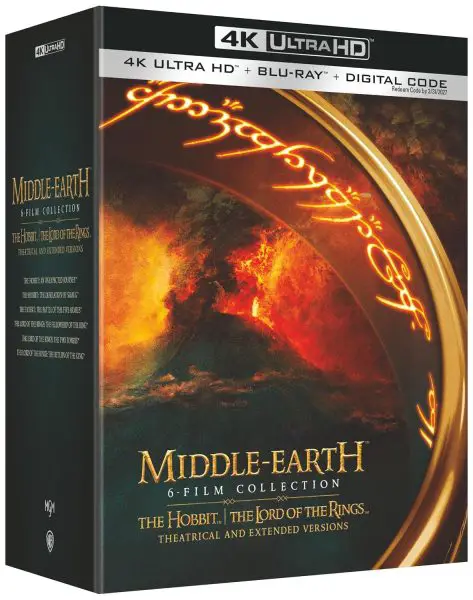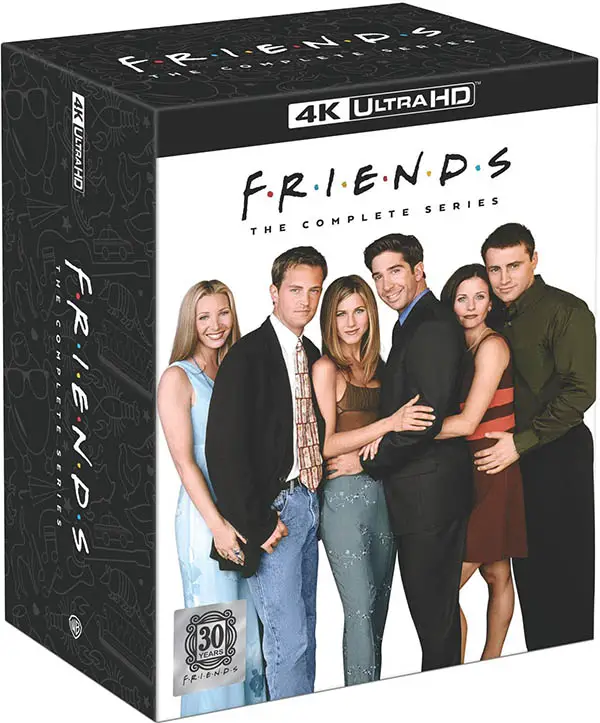 David Lazarus of the Los Angeles Times and Slate technology writer Farhad Manjoo have both recently opined on the growing confusion consumers are experiencing as they begin to ascertain that Video On Demand is more of a present-day reality than they’ve either imagined or been led to believe.
David Lazarus of the Los Angeles Times and Slate technology writer Farhad Manjoo have both recently opined on the growing confusion consumers are experiencing as they begin to ascertain that Video On Demand is more of a present-day reality than they’ve either imagined or been led to believe.
As Darth Vader often said: Do not underestimate the power of the Dark Side. Cable companies want you to believe the worst and expect nothing but poor video quality and playback issues that would keep most folks away from VOD. The last thing they want to do is see cable Internet broadband use go up while subscriber revenues dwindle as folks get used to the idea of ordering up any movie or TV show on their laptop or desktop computers, or for playback to their HD TV’s and home theater set-ups. Not to mention the revenue they’d miss from premium services like their HBO, Showtime and Starz offerings. Hell no… they won’t budge, and especially not when a good portion of broadband use isn’t even running across their cable infrastructure. As they see no revenue from DSL services and, like all big businesses, are generally adverse to change, the cable companies see no real reason to make VOD an everyday reality or to offer better, faster broadband service at an affordable price. They are monopolies, and with local cable companies the little fiefdoms of the larger cable monopoly, they could care less about what the consumer wants or doesn’t want. It’s why, over 30 years after the debut of UHF-Cable there’s still no à la carte programming available without additional fees on top of what you already pay as a general subscriber.
Granted, everyone’s gotta make a buck, and in business, if not in life, it’s survival of the fittest; yet, the lengths to which the cable companies have gone and will go to in order to turn a dollar puts the screws to the consumer. The issue for the VOD consumer is simple: can you get enough content and bandwidth to make severing ties with subscription cable service a comfortable reality? However, for the cable companies, who tend to make everything complex, the issue isn’t convenience… it’s how to structure usage-based billings while maintaining their fat profits. Without enough entertainment content or increased bandwidth for faster, more consistent streaming speeds it’s highly unlikely Video On Demand will become the delivery system of choice for HD entertainment, and the cable companies are loath to let consumers use all they can under a flat, monthly fee.
Which is where Lazarus and Manjoo come in with ideas on how this might be accomplished. Both identify the issue as being one of how cable companies might legitimately structure billing based on usage while allowing for customers to legitimately get all they want in terms of content, be it movies and television episodes from any era, music, games and other forms of entertainment made for today’s HD home theater systems. Lazarus’s piece in the Times (L.A. Times April 15, 2009), while generally reporting on how Time-Warner Cable intends to find new ways to gouge the customer while providing less than stellar service, gently chided T-W for pricing Internet service based on consumption (similar to how your other utility bills might work) he hopes the FCC might step in under its new Obama-appointed chairperson and ensure that reasonably-priced Internet service is available to all regardless of usage metrics. He indicates that a tiered system favoring low usage consumers would put a kibbosh on nascent services like Netflix’s Instant Watch and Amazon’s streaming VOD service. Within days after that article was published, Lazarus then reported that Time-Warner quickly retracted their initial statements on tiered pricing and are suddenly saying that the idea is off the table… for now.
Manjoo threatens the ultimate in trendy revolt. .. simply becoming a pirate (arrrgh!) of consumer entertainment through the usual channels for such things if the cable companies or movie studios can’t get it together to provide his Superbad fix. He’s curious as to why no iTunes-type model exists for getting unlimited Video On Demand and why creative companies that make attempts at this type of system impose various restrictions that deny the consumer a true VOD experience. Manjoo is absolutely correct in saying that a VOD system would not work with the current restrictive limits that the entertainment conglomerates impose through services like iTunes rental service (not true VOD since the library’s rather thin and consists of mostly new titles that disappear quickly), Netflix Instant Watch and Amazon VOD among others. Those restrictions, such as tight time constraints for viewing anything through iTunes, a lack of interesting current titles in the Netflix Instant queue that don’t date back to the mid-80’s underscore the complex licensing issues and ironclad lifecycle process of films that the studios have set up with pay-per-view services, premium cable, regular cable, TV, and other outlets for entertainment. It means that the ginormous entertainment library that Manjoo envisions for VOD, wherein a consumer could rent today’s current hit while having unlimited access to the movie and television titles of yesteryear, is simply out of reach at the moment. And while we know where the cable companies stand on the issue– they need content, tightly restricted and viewable only by subscriber eyes– it’s the studios who simply don’t seem to realize how to structure such a system outside of the current lifecycle process they’ve created… which actually means more revenue for them over the long haul. They still cannot see the future for what it is, and seem to misjudge the fact that the future is now.
In the meantime, while many of us patiently wait for a HD-VOD system that always seems to be right on the verge of becoming reality, the cable companies are satisfied with providing lackluster broadband service while gouging the consumer for things they don’t watch and never will (all those community channels the cable company forces you to have… do you really watch ’em?) along with sub-par HD channels that offer the same schedule of crud day-after-day. The consumer simply has no real choice about it, except to suffer an inadequate system that fattens the profit line of companies like Time-Warner, Cox, Charter and others. These companies seem quite happy with this status quo wherein they are provided a captive audience without having to do much in terms of updating their services or infrastructure. Sad to say, this seems to be the way it will continue to work for now… and true, unlimited HD-VOD, which requires a moderately-priced consumer broadband network with faster speeds, won’t be available until consumer dissatisfaction reaches the ears of legislators and/or wiser minds in the executive suites of the short-sighted entertainment conglomerates and those monopolistic cable companies. ‘Til then… be prepared to be gouged repeatedly on those arcane bills they send you.













Cablevision is in the NY, NJ, PA and CT areas.
heard of them. thats cool. but they are only in areas around new york right?
Have you heard of Cablevision. They are about to offer 101 Mbps and currently offer 30 Mbps. That does not sound restrictive to me.